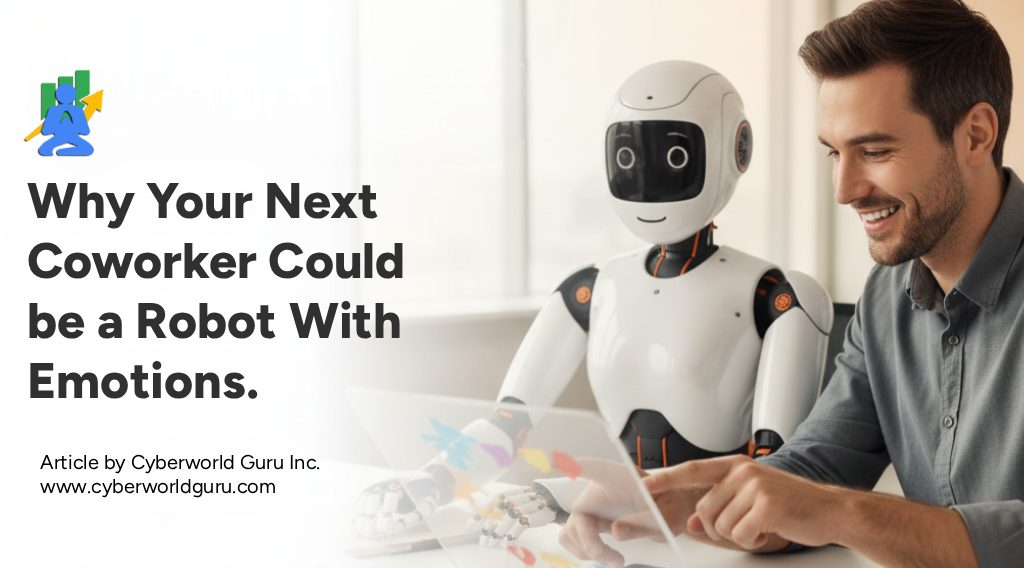Beyond Automation
Robots are already part of manufacturing and logistics, but the next frontier is the workplace. Thanks to advances in Artificial Intelligence (AI) and emotional recognition technology, future robots won’t just perform tasks—they’ll respond emotionally. Your next coworker may laugh at your jokes, encourage you during a tough day, and collaborate just like a human colleague.
2. The Rise of Emotional AI
Robots with emotions aren’t about feelings—they’re about simulating empathy. Using AI, sensors, and facial recognition, these robots can:
Detect human emotions through tone, gestures, and expressions.
Respond with empathy to boost teamwork.
Adapt behavior based on workplace culture.
Learn from interactions to improve collaboration.
3. Benefits of Emotional Robots at Work
Improved teamwork: Robots can reduce tension by responding empathetically.
Efficiency: Machines handle repetitive tasks while humans focus on creativity.
Accessibility: Robots can support employees with disabilities.
24/7 availability: Work continues without fatigue or burnout.
4. Challenges and Ethical Concerns
Trust issues: Will humans accept robots as “coworkers”?
Job displacement: Some roles may be replaced.
Ethical dilemmas: Should robots “fake” emotions?
Dependency risks: Overreliance on machines could reduce human connections.
5. Conclusion: The Human-Robot Workplace
By 2050, emotional robots could become as normal as laptops in the office. Far from replacing humans, they’ll enhance collaboration in ways we’re only beginning to imagine.
At Cyberworld Guru Inc., we guide businesses through these technological shifts, ensuring they adopt robotics and AI responsibly—balancing efficiency with empathy in the workplace of the future.

